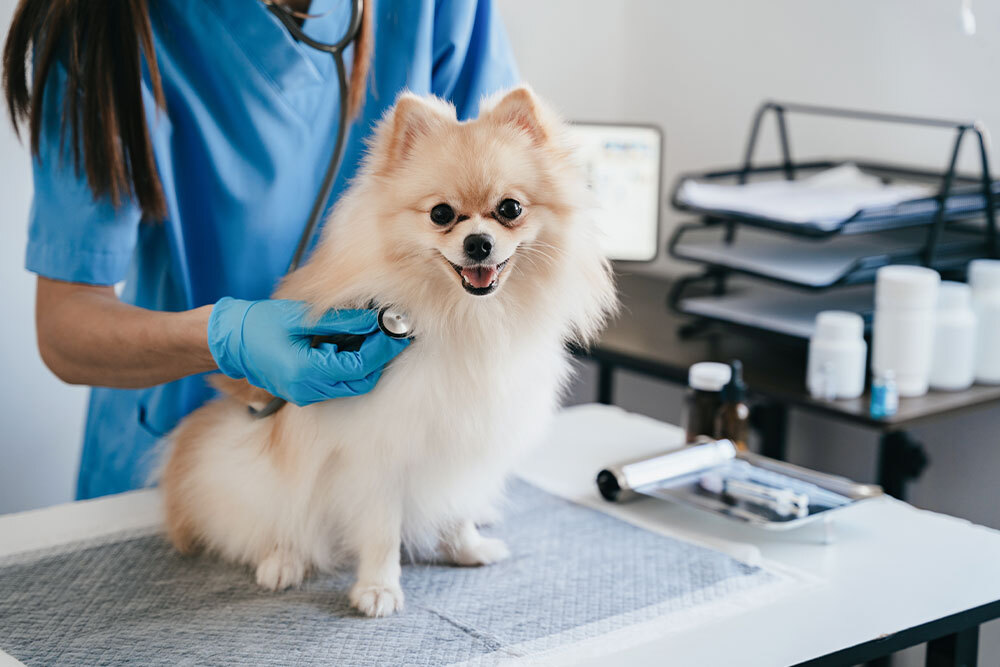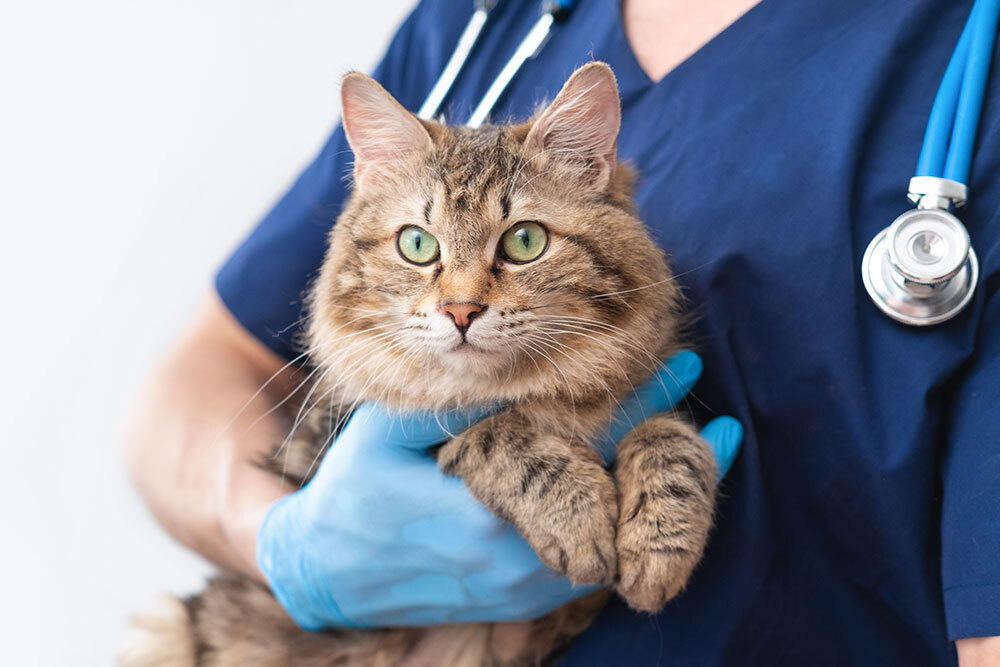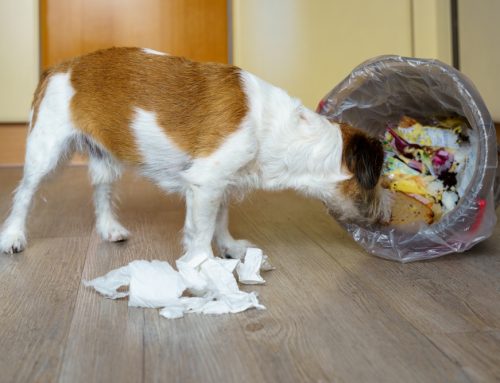At Stanton Pet Hospital in Stanton, California, we know your pet is more than just an animal—they’re family. Emergencies can strike without warning, and being prepared can make all the difference. This guide will help you recognize urgent situations, take swift action, and know when to seek veterinary care. A proactive plan can significantly reduce stress and improve outcomes during a crisis.
Recognizing a Pet Emergency
Signs That Require Immediate Attention
Early recognition of an emergency can save your pet’s life. Watch for:
- Trauma (e.g., car accidents, falls, or bites)
- Ingesting toxins (chocolate, antifreeze, household cleaners, etc.)
- Choking, labored breathing, or persistent coughing
- Severe vomiting or diarrhea
- Seizures, collapse, or loss of consciousness
- Heatstroke or symptoms of hypothermia
When to Call the Vet
Seek immediate veterinary care if your pet shows any of the following:
- Trouble breathing, pale gums, or excessive panting
- Uncontrolled bleeding lasting more than 5 minutes
- Unresponsiveness or extreme fatigue
- Signs of poisoning or ingestion of hazardous items
- Whining, shaking, or aggression caused by severe pain
Build Your Pet First Aid Kit
What to Include
A well-stocked kit is essential for quick response. Include:
- Emergency contact numbers (vet, poison control, local emergency clinic)
- Pet-safe antiseptic wipes and wound care supplies
- Gauze, bandages, adhesive tape
- Digital thermometer (normal range: 100–102°F)
- Hydrogen peroxide (only if advised by a vet to induce vomiting)
- Tweezers, tick remover, saline solution
- Muzzle or slip leash for safety
- Benadryl (consult your vet for proper dosing)
- Blanket or towel for transport
Keep It Updated
- Check expiration dates regularly
- Store a kit at home and another in your car
Bonus: Boost your emergency skills with a Cat & Dog First Aid Class – American Red Cross
How to Handle Common Emergencies
Poisoning
Pets can be poisoned by:
- Human food (grapes, chocolate, onions, xylitol)
- Household chemicals and medications
- Toxic plants (e.g., lilies, sago palms)
What to do:
- Remove the substance
- Call your vet or poison control immediately
- Do not induce vomiting unless directed
Choking or Breathing Trouble
Warning signs:
- Coughing, gagging, or pawing at the mouth
- Pale or blue gums
What to do:
- Small dogs: Hold them upside down and press below the ribcage
- Large dogs: Perform Heimlich from behind with upward thrusts
Dog Heimlich Instructions – AKC
Bleeding and Wounds
- Apply pressure with a clean cloth
- Wrap with gauze and elevate the limb
- Seek vet care if bleeding persists beyond 5 minutes
Seizures
- Stay calm and time the seizure
- Clear the area to prevent injury
- Do not restrain or put anything in the pet’s mouth
- Keep them calm post-seizure and call your vet
Heatstroke or Hypothermia
Signs of heatstroke:
- Heavy panting, red gums, weakness
- Temperature over 104°F
First aid:
- Move your pet to a shaded, cool area
- Apply cool (not cold) water to key areas
- Offer small sips of water
- Seek emergency vet care immediately
Prevention Is the Best Protection
Pet-Proofing Your Home
- Keep harmful items locked away
- Opt for pet-safe plants
- Secure trash bins to avoid ingestion
Learn more: Preventing Pet Emergencies – UW Vet Med
Travel Safely
- Use carriers or pet seat belts
- Never leave pets in hot cars
- Pack a travel-sized emergency kit
Routine Vet Care
- Regular exams detect early signs of illness
- Vaccines and parasite control reduce long-term risks
Schedule a Checkup at Stanton Pet Hospital
Be Ready: Create Your Emergency Plan
- Identify your nearest emergency clinic
- Designate a backup caregiver
- Post emergency numbers where everyone can see them
- Practice basic first aid with your family
When to Contact Us
Don’t hesitate to reach out if:
- Your pet shows signs of distress
- You need help assessing symptoms
- You need first aid guidance before transport
Being ready for the unexpected can mean everything. With a stocked first aid kit, a practiced emergency plan, and ongoing preventive care, you’ll be prepared to act quickly and confidently when your pet needs you most.
Ready to take the next step? Request an appointment with us today.







Leave A Comment